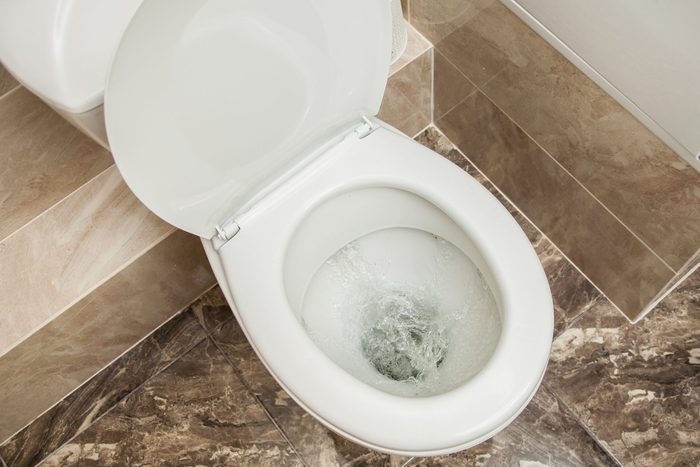In today's world, where sustainability has become a priority, making your bathroom eco-friendly is a significant step towards reducing your carbon footprint. The best eco-friendly bathroom upgrades not only contribute to environmental conservation but also add value to your home. This article explores various sustainable improvements you can implement to create a more efficient and environmentally friendly bathroom.

Why Choose Eco-Friendly Bathroom Upgrades?
The bathroom is one of the most water-intensive areas in a home. From showers to toilets, significant water usage occurs here. By opting for eco-friendly bathroom upgrades, you can substantially reduce water consumption, lower utility bills, and minimize environmental impact.
Moreover, integrating these upgrades into your lifestyle can lead to long-term savings and promote a healthier planet. Notably, these improvements often come with innovative designs that enhance the aesthetic appeal of your bathroom.
Water-Saving Toilets: A Simple Switch
One of the most straightforward upgrades is switching to a water-saving toilet. Traditional toilets use about 3.5 to 7 gallons per flush, whereas water-efficient models use only 1.28 gallons. This change can lead to a significant reduction in water usage over time.
Consider installing a dual-flush toilet, which provides the option for a full or half flush. This flexibility allows for water conservation without compromising functionality. For more information on how dual-flush toilets conserve water, you can visit this guide.
Low-Flow Showerheads: Reducing Water Waste
Another impactful upgrade is installing a low-flow showerhead. These are designed to reduce water flow without sacrificing water pressure. Standard showerheads use about 2.5 gallons per minute, while low-flow models use 2 gallons or less. This minor adjustment can lead to significant water savings over time.
When shopping for low-flow showerheads, look for the WaterSense label, which certifies that the product meets EPA criteria for water efficiency and performance. For those interested in more comprehensive retrofits, check out this article for additional ideas.
Faucet Aerators: Small Change, Big Impact
Faucet aerators are an inexpensive yet effective way to reduce water usage in the bathroom. They work by mixing air with water, maintaining water pressure while reducing flow. Installing faucet aerators on your bathroom sinks can cut water flow by 30% or more.
This upgrade is simple to install and can be done without professional assistance. It's a quick fix that yields immediate results, making it an excellent choice for those new to eco-friendly living.
Eco-Friendly Materials: Sustainable Choices
Besides water conservation, consider using eco-friendly materials in your bathroom upgrades. Opt for sustainable materials like bamboo or recycled glass for countertops and tiles. These materials not only reduce environmental impact but also bring a unique aesthetic to your bathroom.
For cabinetry and shelves, consider reclaimed wood, which adds a rustic charm while promoting sustainability. Additionally, low-VOC (volatile organic compounds) paints and finishes are safer for indoor air quality and the environment.
Smart Technology: The Future of Eco-Friendliness
Integrating smart technology into your bathroom can further enhance its eco-friendliness. Consider smart showers that control water temperature and duration, or motion-sensor faucets that minimize water waste. These technologies not only conserve resources but also add a modern touch to your bathroom.
For more insights on how to reduce water bills with these technologies, visit this resource.
Conclusion
Transforming your bathroom into an eco-friendly space is a worthwhile investment. The best eco-friendly bathroom upgrades not only conserve water and energy but also enhance the overall appeal and value of your home. By implementing these changes, youre contributing to a sustainable future while enjoying the benefits of a modern and efficient bathroom.

FAQ
Q1: How much can I save with eco-friendly bathroom upgrades?
A1: Implementing these upgrades can lead to substantial savings on water and energy bills. For example, switching to a water-saving toilet can save thousands of gallons of water annually.
Q2: Are eco-friendly materials more expensive?
A2: While some eco-friendly materials may have a higher upfront cost, they tend to be more durable and require less maintenance, offering savings in the long run.
Q3: Can I install these upgrades myself?
A3: Many of these upgrades, such as faucet aerators and low-flow showerheads, can be installed by homeowners with basic tools. However, for more complex installations like toilets, professional assistance might be beneficial.






